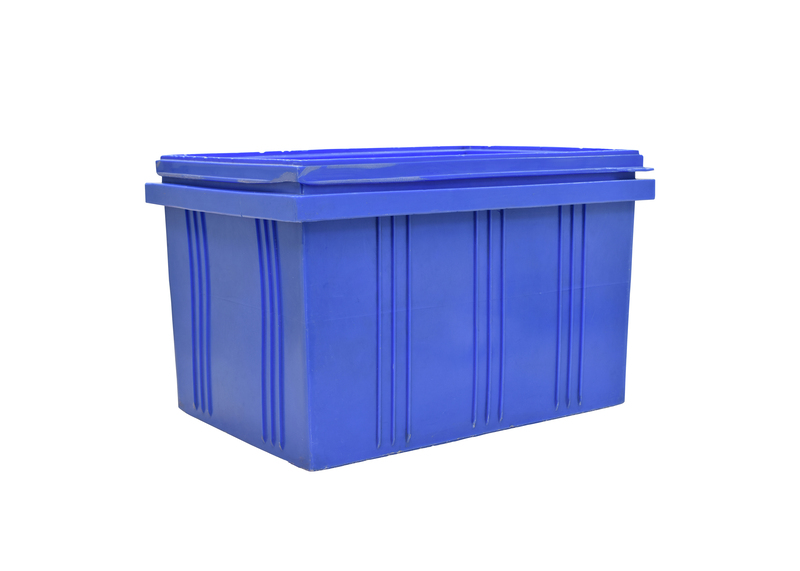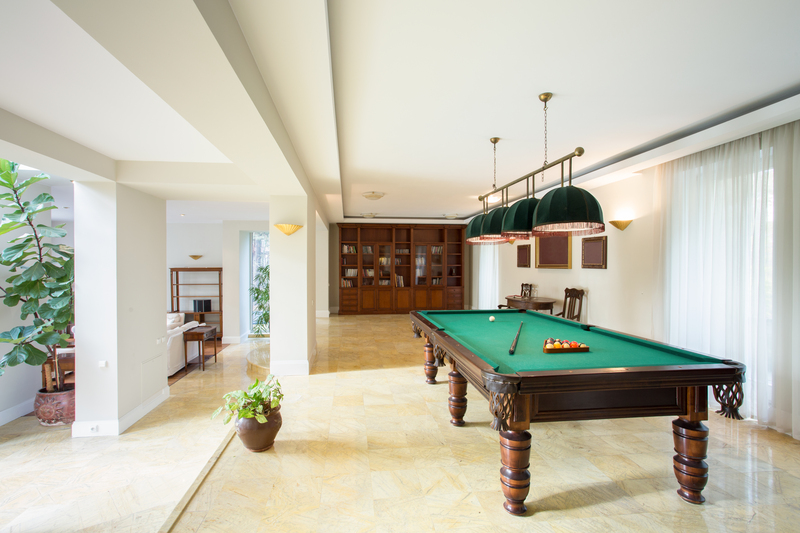Boosting Home Value: Fresh Paint Techniques
Posted on 05/02/2025
When it comes to elevating the value of your home, there are endless possibilities. One of the most effective yet affordable methods is a fresh coat of paint. Whether it's indoors or outdoors, painting can make a significant impact on the aesthetics of your home. However, not just any paint job will do. Employing specific painting techniques can further boost your home's value. Let's delve into the various methods to refresh your home's look and increase its market worth.
The Importance of Curb Appeal
The exterior of your home is the first thing potential buyers see. A striking exterior can draw in potential buyers and create a lasting impression. One of the fastest ways to amplify curb appeal is through a fresh paint job. It's imperative to choose the right colors, techniques, and finishes. Neutral colors often work best, but don't be afraid to add a splash of color to doors and shutters for contrast.
Impact of Color Schemes
Selecting the appropriate color scheme is crucial. For instance, shades of white, beige, and gray are universally appealing and generally attract more buyers. Certain colors may also work better in specific regions. For example, homes in beach areas might benefit from pale blues or greens, while desert locations often look great in earthy tones like terracotta and gold. Researching what sells in your area can provide a considerable advantage.

Interior Painting Techniques
The interior of your home should resonate with warmth and comfort. Specific painting techniques can create different atmospheres in various rooms. Understanding these techniques will help you make better decisions, enhancing the overall aesthetic appeal of your home.
Accent Walls
One of the simplest yet effective techniques is creating an accent wall. This is where one wall is painted in a different color or texture from the others. It helps in drawing attention and creating a focal point. For example, a dark blue accent wall in a living room with otherwise neutral tones can add depth and sophistication.
Two-Tone Walls
Another trendy technique involves painting walls in two tones. Usually, the wall is divided horizontally with different colors on the top and bottom. This technique is particularly useful in rooms with lower ceilings as it can create an illusion of height. For instance, a lighter color on the top half can make the room feel more spacious.
Special Finishes
Special finishes can elevate basic paint jobs to professional levels. Techniques like faux finishes, metallic paint, and chalkboard paint are increasingly popular and can make a home stand out in listings and showings.
Faux Finishing
Faux finishing techniques allow you to mimic the look of other surfaces like marble or wood. This can add luxury without the expense of actual marble or wood paneling. A popular method is sponging, where a sponge is used to create a textured, multi-tonal finish that adds depth to walls.
Metallic Paint
Using metallic paint can add a modern and stylish flair. It's usually best employed as an accent due to its high impact. For example, a metallic gold or silver can bring a touch of elegance to a bedroom or dining room.
Proper Preparation
Before you start painting, it's crucial to prepare the surfaces properly. This involves cleaning walls, filling holes, and sanding any rough spots. Proper preparation ensures that the paint adheres well and lasts longer. Skipping this step can result in a subpar finish and reduce the longevity of your paint job.
Cleaning and Sanding
Cleaning the surfaces to be painted is essential. Dust, grime, and grease can prevent paint from sticking well. After cleaning, sanding the walls can help remove imperfections and provide a smoother surface for better paint adhesion.
Priming
Using a primer is often overlooked but can make a significant difference. Primers block stains, provide a consistent base for paint, and can even reduce the number of paint coats needed. Choosing the right primer is just as crucial as picking the right paint color.
Professional vs. DIY Painting
While DIY painting can save money, hiring professionals might be worth the investment, especially if you're looking to significantly increase your home's value. Professionals bring skills, experience, and tools that can achieve a flawless finish. If budget constraints steer you towards a DIY project, investing in quality tools and taking the time to learn proper techniques will still make a substantial difference.
Cost vs. Benefit
Analyzing the cost versus benefit is essential. Professional painters can be more expensive upfront, but their work often lasts longer and looks better, offering a higher return on investment. Conversely, a poorly executed DIY job might require more frequent touch-ups and could detract from your home's value.

Environmental Considerations
Modern buyers are increasingly environmentally conscious, and using eco-friendly paint can offer a competitive edge. Low-VOC (Volatile Organic Compounds) paints are less toxic and better for indoor air quality, appealing to health-conscious families.
Low-VOC Paint Benefits
Low-VOC paints have fewer harmful chemicals, making them safer for both the environment and your family. They also emit fewer odors, which means your home will be more pleasant to live in during and after painting. This factor can be a significant selling point for prospective buyers.
Conclusion
Investing in a fresh paint job can significantly increase your home's value, provided you choose the right techniques and colors. From boosting curb appeal with optimal exterior color schemes to using advanced interior painting techniques, there are myriad options to explore. Proper preparation and considering whether to go the DIY route or hire professionals can make a substantial difference in the end result. Finally, don't overlook the environmental benefits of using low-VOC paints. Through these targeted strategies, you can ensure that your home not only looks beautiful but also fetches a higher price on the market.





